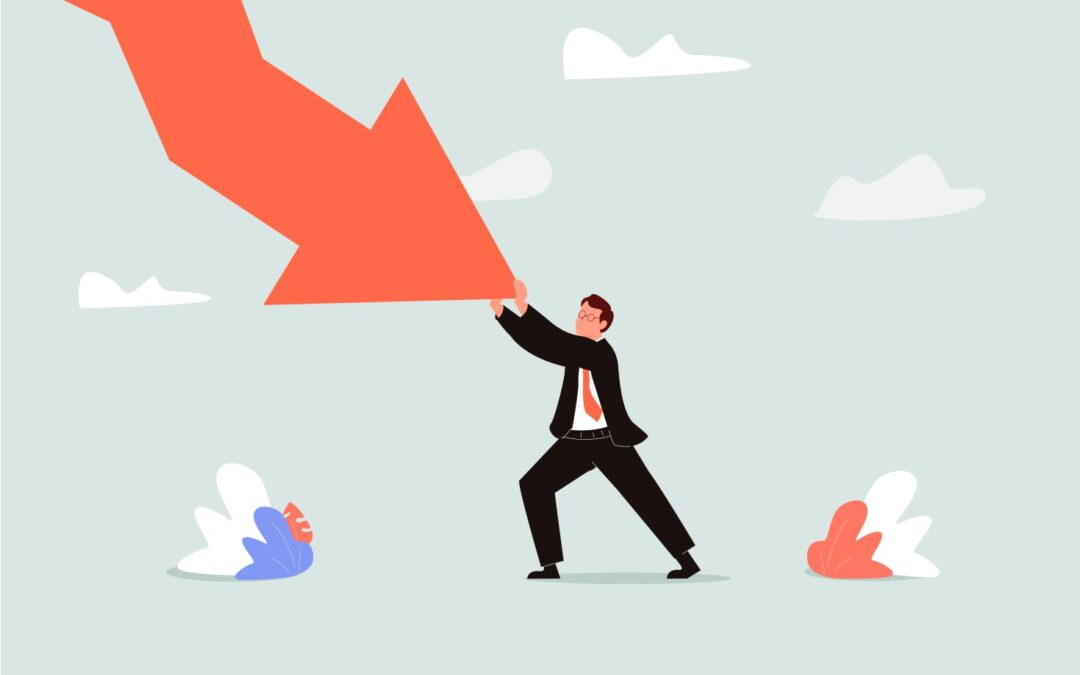The Australian economy grew in Q2 2022 at 0.9% q-o-q, 3.6% y-o-y and at a decade best 3.9% annual average real rate in 2021-22. In current price terms the economy was extraordinarily robust and grew in Q2 at 4.3% q-o-q, 12.1% y-o-y. Strong growth appears to have carried in to early Q3 with the July unemployment rate down to 3.4%, the lowest reading in 48-years; the number of people unemployed down by 26.1% y-o-y or 167,000 to 473,600 lower than the most recent May reading of job vacancies 480,100, up 29.1% y-o-y; July retail trade up 1.3% m-o-m, 16.5% y-o-y and total household spending up 18.4% y-o-y.
At any other time over the past 30 years or so, the resilience of the Australian economy would have been welcome, especially coming after a period of negative growth shocks from pandemic disruption, clogged up goods supply chains and geopolitical unrest. In mid-2022 with the RBA (and almost every other central bank) caught wrong-footed by high inflation, the resilience of economic growth driven predominantly by strong household spending, is a less-than-welcome development indicating that interest rates may need to be raised more if the RBA is to bring inflation back inside 2-3% target band over the next two to three years.
The latest economic readings seem to indicate that domestic demand may hold strong through at least Q3, notwithstanding mounting evidence that housing activity is wilting under pressure from higher interest rates. In Q2 real domestic demand contributed 1.0 percentage point to the 0.9% q-o-q GDP growth rate. Inside domestic demand, household consumption did all of the lifting and more, up 2.2% q-o-q contributing alone 1.1 percentage point to GDP.
A feature of the big rise in household consumption in Q2 was a marked shift towards spending on services. The reduction of covid restrictions including greater freedom to travel and mix socially unleashed pent-up demand for entertainment, dining out and travel. Real household spending in Q2 on recreation and culture; hotels, cafes and restaurants; and transport services rose respectively 3.6% q-o-q; 8.8%; and 37.3%.
Even though home mortgage interest payments were starting to rise in Q2 households still had the ability to spend freely from savings built up during the pandemic as well as wage income that grew in aggregate faster than high inflation during the quarter.
In Q2 households drew down savings. The household savings ratio fell from 11.1% of household income in Q1 to 8.7% in Q2. Even after the fall, the household savings ratio is still high by historical comparison, mostly below 5% this century until the surge higher during the covid-lockdown period. Households may continue to run down savings to part-fund spending.
Income-based Q2 GDP shows compensation of employees up 2.4% q-o-q, 7.0% y-o-y above the Q2 CPI (+1.8% q-o-q, +6.1% y-o-y) and well above the Q2 wage price index, +0.7% q-o-q, 2.6% y-o-y. The compensation of employees’ wage measure includes labour market dynamics that are not captured in the wage price index, notably the lift in employment in the quarter as well as people changing jobs and achieving higher pay.
The GDP measure of wage growth reflects the growth in economy-wide wages paid to households. It is a measure of what households have in the kitty from wage income to spend and save and when excessive demand is an inflation issue, as it is at present, it is a more significant measure than the wage price index of potential pressure from wage growth to sustain inflation.
In short, Australian households had the ability to spend freely from accumulated savings and wage growth in Q2 and they had some catching up to do with spending on services that were unavailable during lock-downs.
The dynamics influencing household spending were still in play in July according to retail sales in the month and the household spending data. July household spending up 18.4% y-o-y split between spending on goods, up 9.5% and spending on services, up 28.4%. This sharp growth in spending on services will add pressure to an already tight labour market. Services are more labour intensive in their production than goods. Burgeoning demand for services will add to the pressure to try and employ more people in key service sectors of the economy.
As mentioned earlier, the number of people unemployed in Australia now sits less than the number of job vacancies. The shortage of labour has become acute in key service sectors of the economy and is worsening rapidly. Just three service sectors in May accounted for more than a third of job vacancies, health care and social assistance, 68,900; accommodation and food services, 51,900; and professional, scientific and technical services, 42,900, amounting to 163,700 of total job vacancies at 480,100. A year earlier the same three sectors accounted for just over a sixth of total vacancies.
Robust household spending and the continuing shift towards greater spending on services means that very tight labour market conditions will not ease for many months, they may even worsen. Upward pressure on wages is intensifying adding to a total wage bill rising above the current high inflation rate.
The economy will almost certainly continue to grow through Q3 and probably Q4 supported by strong household spending especially on services. The economy will show pesky resilience in the face of the RBA’s interest rate moves to date. That implies that the RBA may need to lift the cash rate more if it is to contain household spending. The RBA may need to lift the cash rate to the tight side of neutral setting to perhaps 3.10% by year end and 3.60% early in 2023.
Much will depend upon how indicators of household spending and labour market conditions pan out over the next month or two. At this stage, it appears they are running too strongly for annual inflation to subside to the RBA’s target band over the next two-to-three years. That means the RBA still has a way to go hiking rates.

